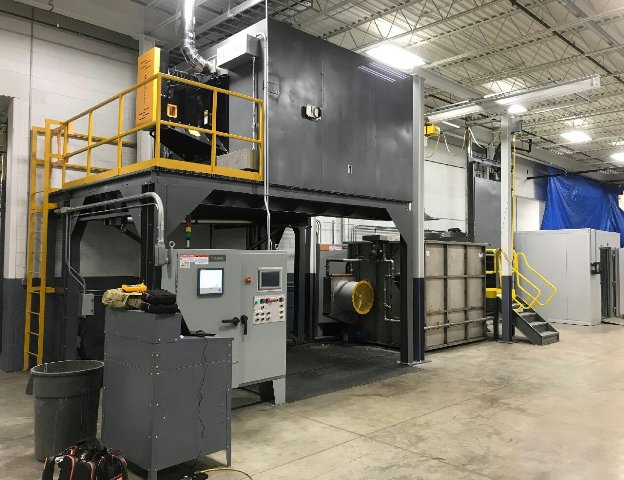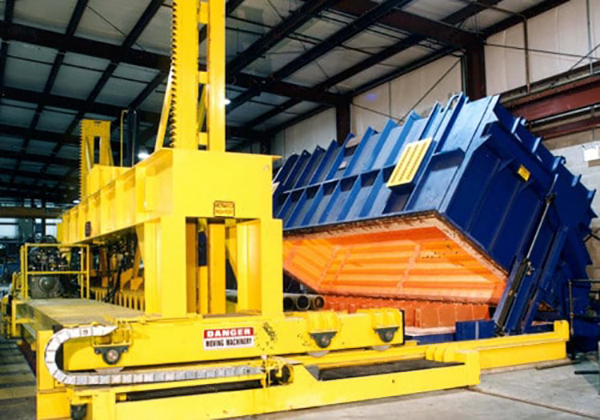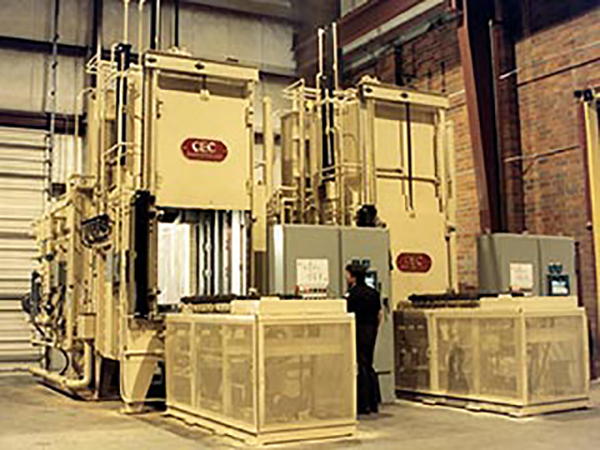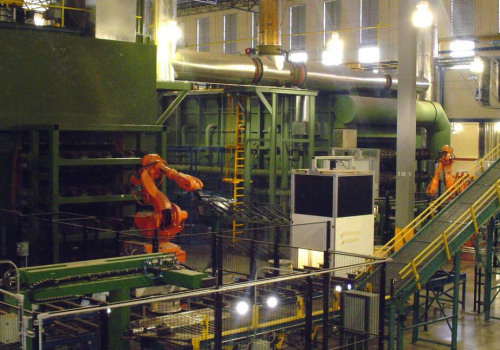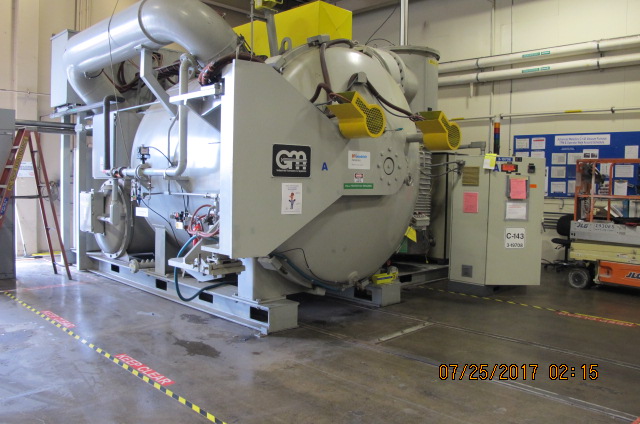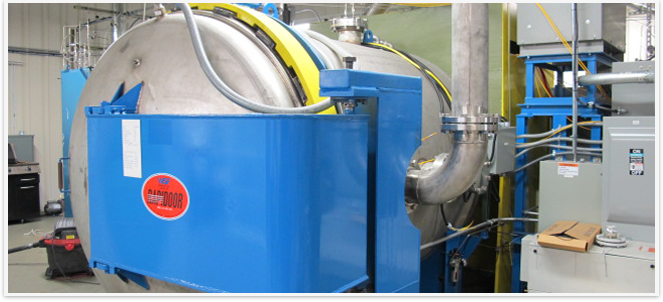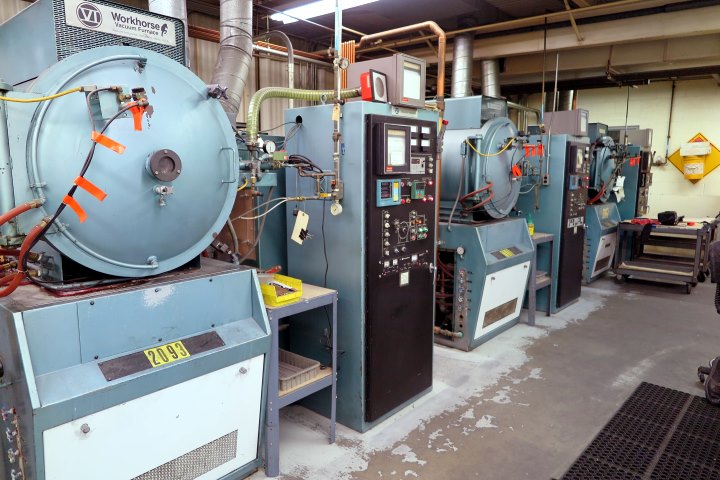Who Makes Consolidated Industries Furnace
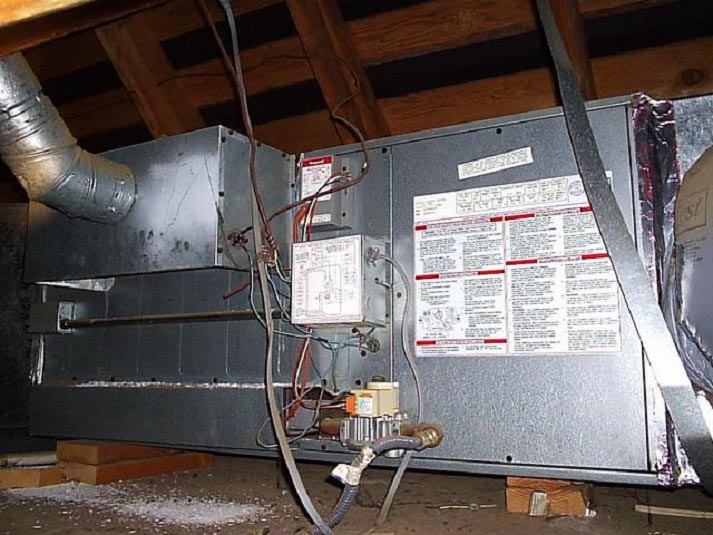
Understanding the brand behind your furnace is the first step in diagnosing and potentially fixing any issues that may arise. If you have a Consolidated Industries furnace, you might be wondering about its origins and who actually manufactures it. Let's dive into the details.
The Mystery of Consolidated Industries
Consolidated Industries, as a brand name, doesn't represent a single, monolithic manufacturing entity in the way that, say, Carrier or Trane does. It's more of a label that has been applied to furnaces manufactured by other companies and sold under that name. This practice is known as private labeling or rebranding.
Therefore, pinpointing the exact manufacturer of your Consolidated Industries furnace can be a bit like detective work. The key is to look beyond the brand name and examine the unit itself for clues.
Finding the True Manufacturer: Where to Look
The manufacturer's identity is usually hidden in plain sight, somewhere on the furnace. Here are the prime locations to investigate:
- Nameplate: This is the most important place to start. Look for a metallic plate, often located inside the furnace cabinet near the burner assembly or on the side of the unit. The nameplate will contain crucial information, including the model number, serial number, and – most importantly – the actual manufacturer's name. Sometimes the name will be displayed prominently, while other times it may be hidden within a small logo or symbol.
- Inside the Access Panels: Carefully open the access panels to the furnace (always ensure the power is OFF before doing so!) and look for stickers or labels affixed to the interior components. These labels may indicate the manufacturer of specific parts, which can provide hints about the overall manufacturer.
- User Manual: If you still have the original user manual, it might contain the manufacturer's information, even if the furnace is branded as Consolidated Industries.
Once you find a different brand name or logo, research that brand. It's very likely the true manufacturer of your furnace.
Why Does Private Labeling Exist?
Private labeling serves several purposes:
- Brand Recognition: A company might want to offer furnaces under its own brand name to build customer loyalty and recognition, without investing in the manufacturing infrastructure.
- Cost Savings: It can be more cost-effective to rebrand existing products than to develop and manufacture new ones from scratch.
- Market Expansion: A company might use private labeling to enter a new market segment or geographic region.
Common Issues and Troubleshooting Steps
Regardless of who manufactured your Consolidated Industries furnace, you may encounter common problems. Here are some basic troubleshooting steps you can try:
- Furnace Not Turning On:
- Check the thermostat settings and ensure it's set to "Heat" and the temperature is higher than the current room temperature.
- Inspect the circuit breaker to ensure it hasn't tripped. Reset it if necessary.
- Verify that the furnace's power switch is turned on. It's typically located on the side of the furnace.
- Check the gas valve to ensure it's open.
- Furnace Cycles On and Off Rapidly (Short Cycling):
- Dirty air filter: Replace the air filter. A clogged filter restricts airflow and can cause overheating.
- Flame sensor issues: A dirty or faulty flame sensor might be the cause. You can try cleaning it with fine steel wool (after shutting off the gas and power!).
- Overheating: The furnace might be overheating due to restricted airflow or a faulty high-limit switch.
- Insufficient Heat:
- Dirty air filter: Again, check and replace the air filter.
- Blocked vents: Ensure that all vents are open and not obstructed by furniture or other objects.
- Leaky ductwork: Leaks in the ductwork can reduce the efficiency of your heating system.
DIY Repairs: When and When Not To
Some minor repairs and maintenance tasks are well within the capabilities of a DIY enthusiast. These include:
- Replacing the air filter
- Cleaning the flame sensor
- Checking and resetting the circuit breaker
- Ensuring vents are open and unobstructed
Safety First! Always turn off the power to the furnace and gas supply before attempting any repairs.
However, more complex repairs should be left to qualified HVAC professionals. These include:
- Repairing or replacing the gas valve
- Troubleshooting electrical problems within the furnace
- Replacing the blower motor or other major components
- Working with refrigerant lines in heat pumps (if applicable)
Attempting to perform complex repairs without the proper training and tools can be dangerous and could damage your furnace or create a safety hazard.
Tools You Might Need
For basic troubleshooting and maintenance, you'll need a few essential tools:
- Screwdrivers (Phillips and flathead)
- Wrench set
- Multimeter
- Vacuum cleaner or brush
- Safety glasses
- Work gloves
Parts You Might Need
Here are some common replacement parts you might need for your furnace:
- Air filter
- Flame sensor
- Thermocouple
- Igniter
- Blower motor capacitor
Estimating Repair Costs
The cost of repairing a Consolidated Industries furnace (or any furnace, for that matter) can vary widely depending on the nature of the problem, the cost of parts, and the labor rates of HVAC technicians in your area. Here's a general idea of what you might expect to pay:
- Minor Repairs (e.g., flame sensor replacement, air filter replacement): $75 - $200
- Moderate Repairs (e.g., igniter replacement, blower motor capacitor replacement): $200 - $500
- Major Repairs (e.g., blower motor replacement, gas valve replacement, heat exchanger repair): $500 - $2000+
These are just estimates. Always get multiple quotes from qualified HVAC professionals before committing to any repairs.
When to Call a Professional
It's always best to err on the side of caution and call a professional if you encounter any of the following situations:
- You smell gas near the furnace. Evacuate the area immediately and call your gas company.
- You suspect a carbon monoxide leak. Install carbon monoxide detectors in your home and call your local fire department if the alarm sounds.
- You're not comfortable working with electricity or gas.
- You've tried troubleshooting the problem yourself and haven't been able to resolve it.
- The furnace is making strange noises (e.g., banging, screeching, grinding).
- The furnace is emitting smoke or unusual odors.
Conclusion
While Consolidated Industries may not be the actual manufacturer of your furnace, understanding the principles of HVAC systems and performing basic maintenance can extend its lifespan and ensure efficient operation. Remember to prioritize safety and call a qualified HVAC professional for any complex repairs. By following these tips, you can keep your home warm and comfortable throughout the heating season.
